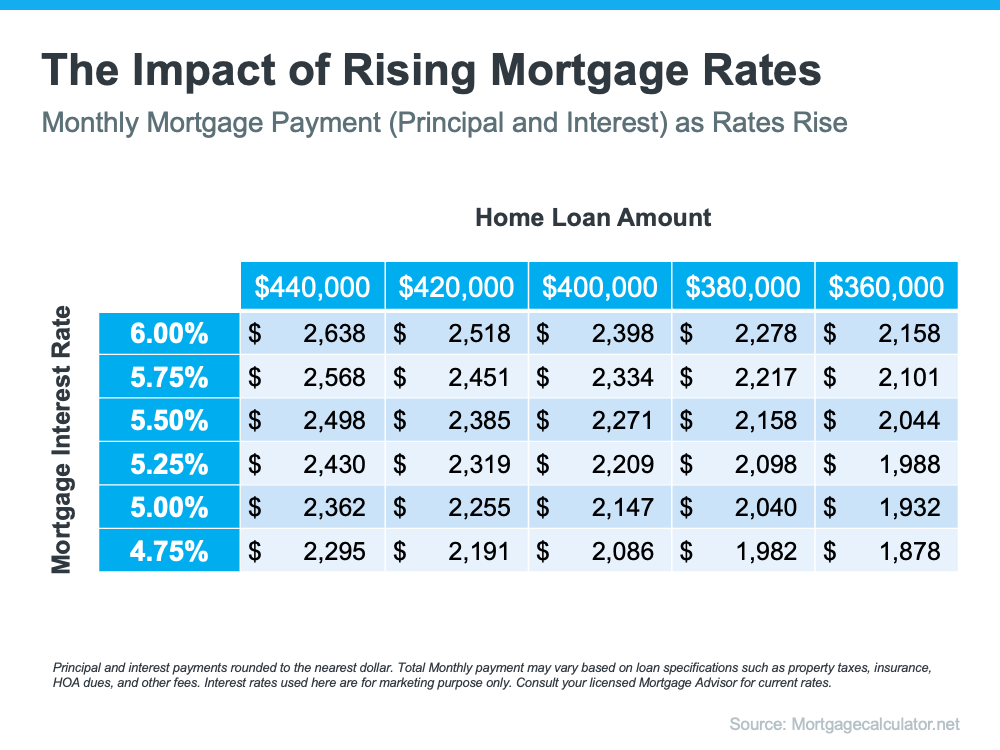Weekly Market Update: 03/15/24
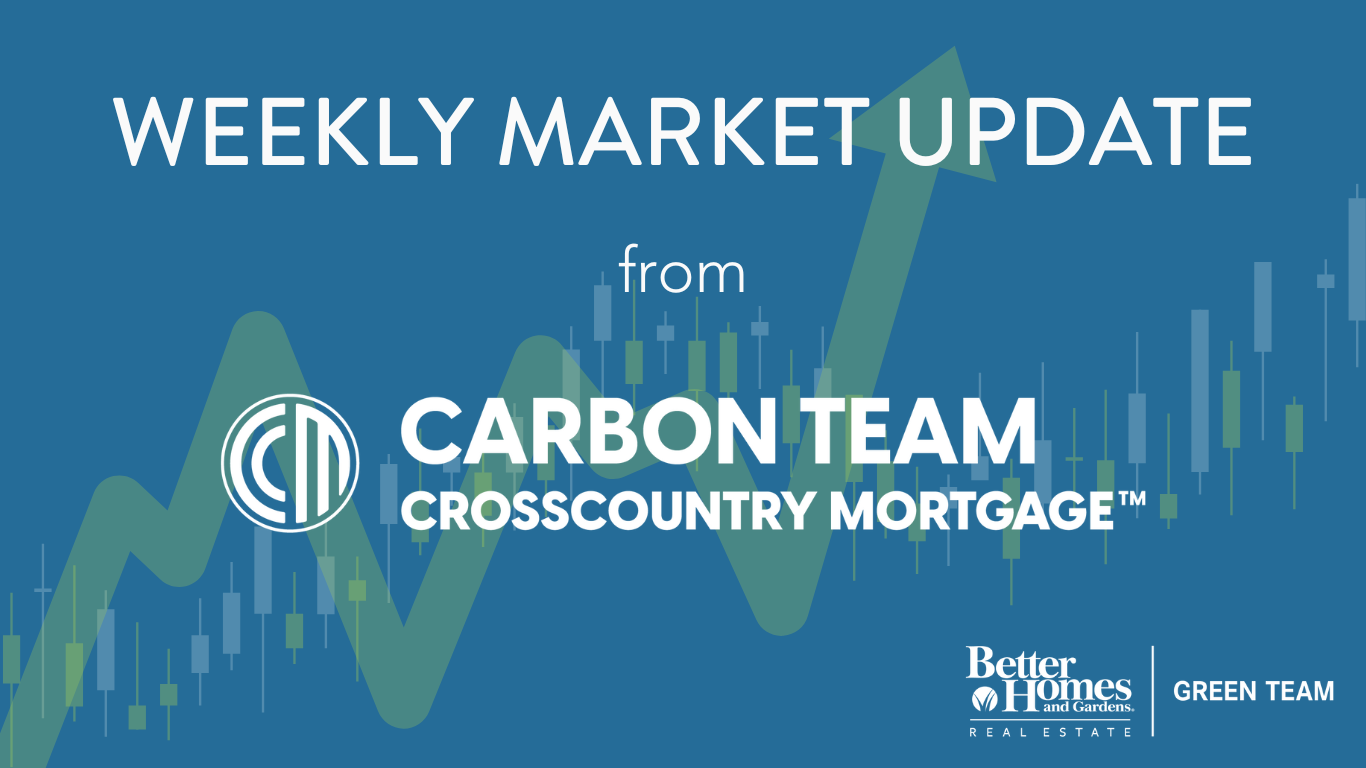
+(1).png) |
||||||||||||
| Week Ending 03/15/2024
Weekly Market Update: High Inflation Helping you navigate the market |
||||||||||||
High Inflation |
||||||||||||
|
||||||||||||
| The Consumer Price Index (CPI) is one of the most widely followed inflation indicators. To reduce short-term volatility and get a better sense of the underlying inflation trend, investors typically look at core CPI, which excludes the food and energy components. In February, Core CPI rose 0.4% from January, above the consensus forecast and 3.8% higher than a year ago.
Although the core CPI annual rate has fallen from a peak of 6.6% in September 2022, it is still far above the readings around 2.0% seen early in 2021, which is the stated target level of the Fed. One big reason is that shelter (housing) costs remained elevated and again were responsible for the largest portion of the increase. However, the CPI data measures shelter costs with a lag, and more timely indicators from other sources suggest that this component will slowly come down later in the year. Other categories with large monthly increases included airline fares, apparel, and auto insurance. Adding to the inflation concerns, another indicator released this week which measures costs for producers also was higher than expected. The core Producer Price Index (PPI) rose 0.3% from January, above the consensus forecast of just 0.2%. Due to the higher than expected inflation reports this week, expectations for a reduction in the federal funds rate have been pushed out until even later in the year. Investors now anticipate that the first rate cut will not take place until June or July. After posting large declines in January, consumer spending picked up in February, but by less than expected. Retail sales rose 0.6% from January, below the consensus forecast for an increase of 0.8% and the results for the prior month were revised lower as well. The strongest rebound in spending was seen in motor vehicles/parts, electronics, appliances, and building materials. Retail sales, which are not adjusted for inflation, were just 1.5% higher than a year ago, below the rate of price increases over that time frame. |
||||||||||||
Week Ahead |
||||||||||||
| The next Fed meeting will take place on Wednesday. No change in rates is expected, and investors will focus on the latest forecasts from officials for monetary policy and economic activity. For economic reports, the spotlight will be on the housing sector. Housing Starts will be released on Tuesday and Existing Home Sales on Friday. | ||||||||||||
|
|
||||||||||||
|
||||||||||||
|
||||||||||||
|
|
||||||||||||
|
||||||||||||
| Cross Country Mortgage would like to thank our partner, MBSQuoteline for their insightful information.
All material Copyright © Ress No. 1, LTD (DBA MBSQuoteline) and may not be reproduced without permission.
|
Weekly Market Update: 03/08/24

|
Weekly Market Update – 01/26/2024

|


 Facebook
Facebook
 Twitter
Twitter
 Pinterest
Pinterest
 Copy Link
Copy Link








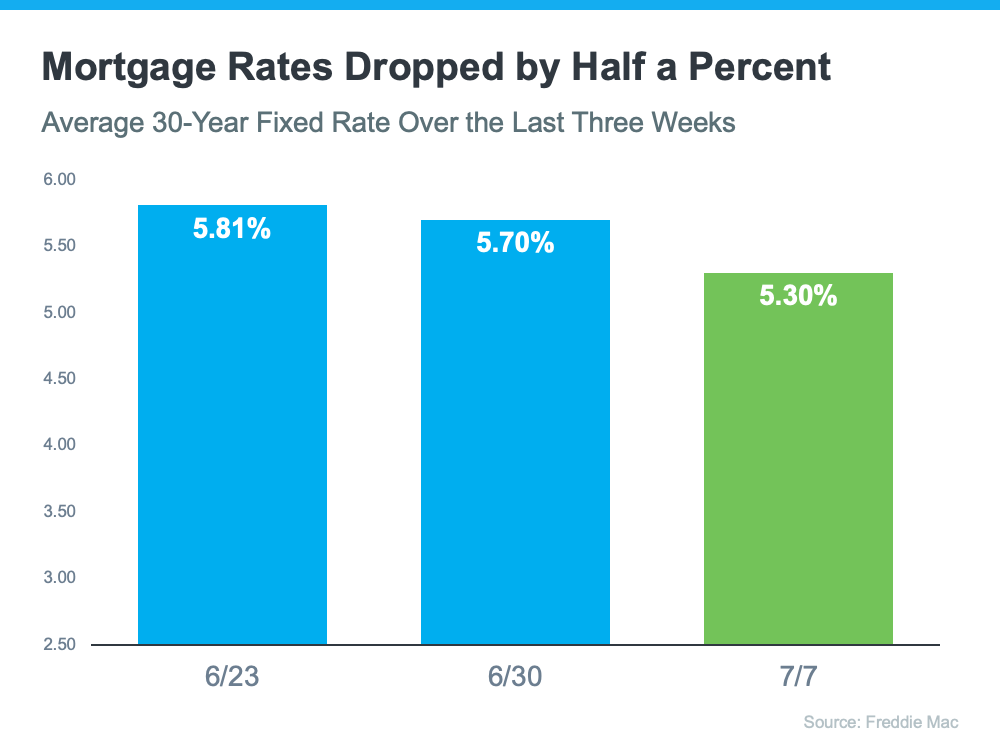


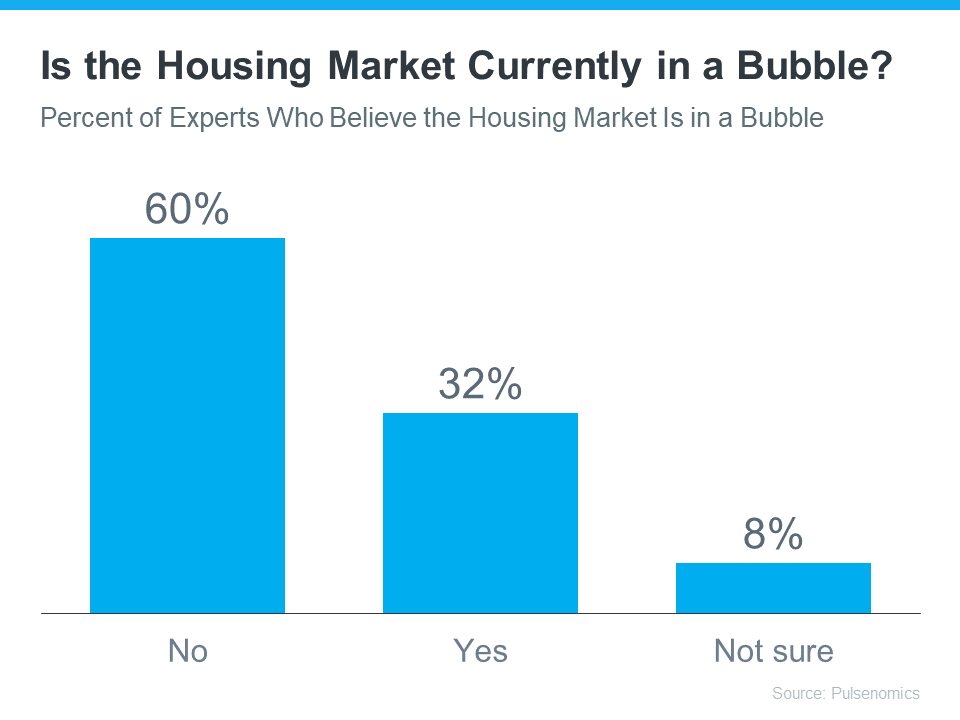

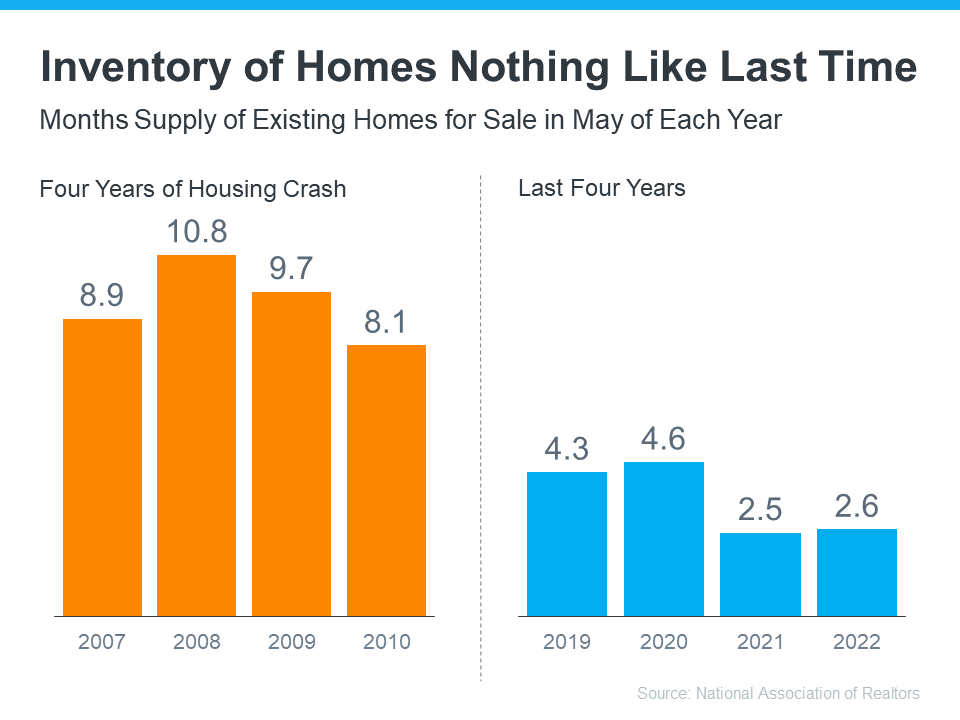
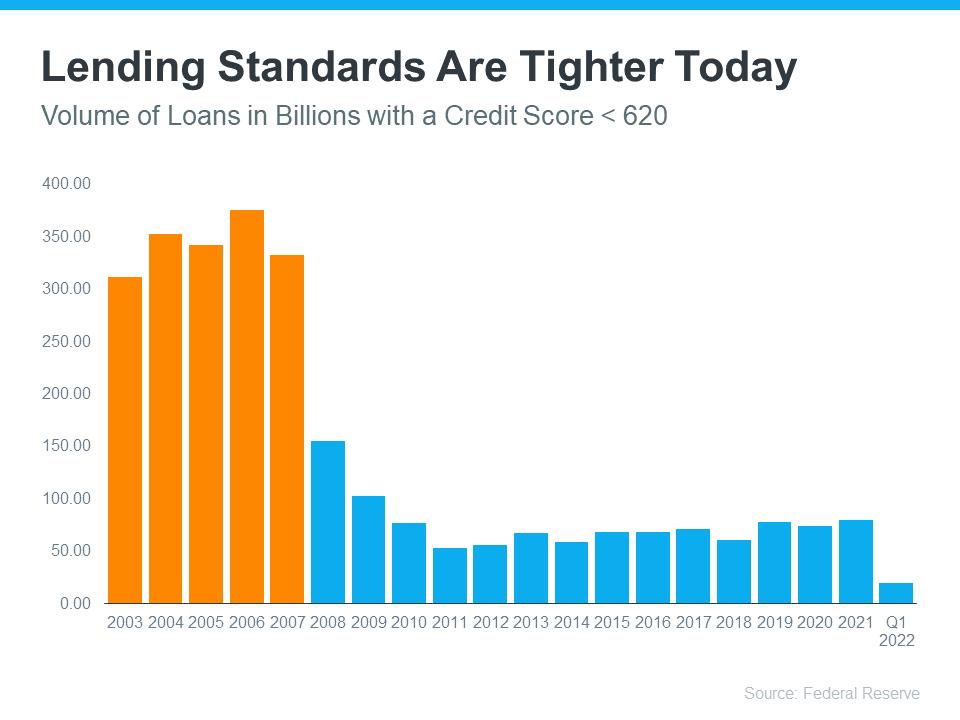


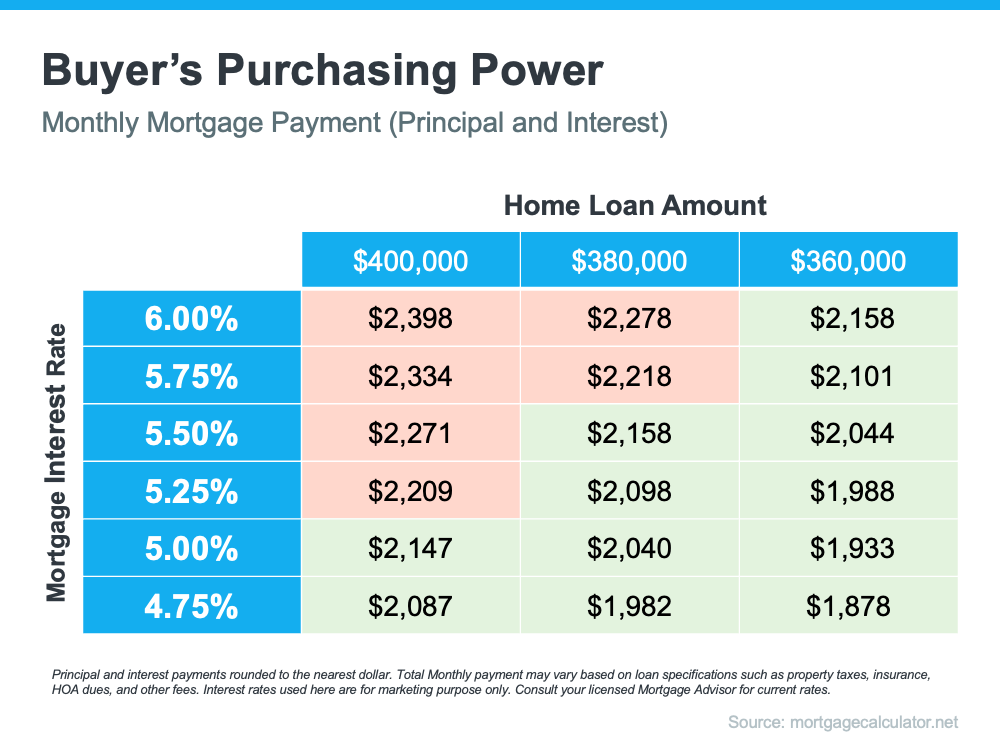

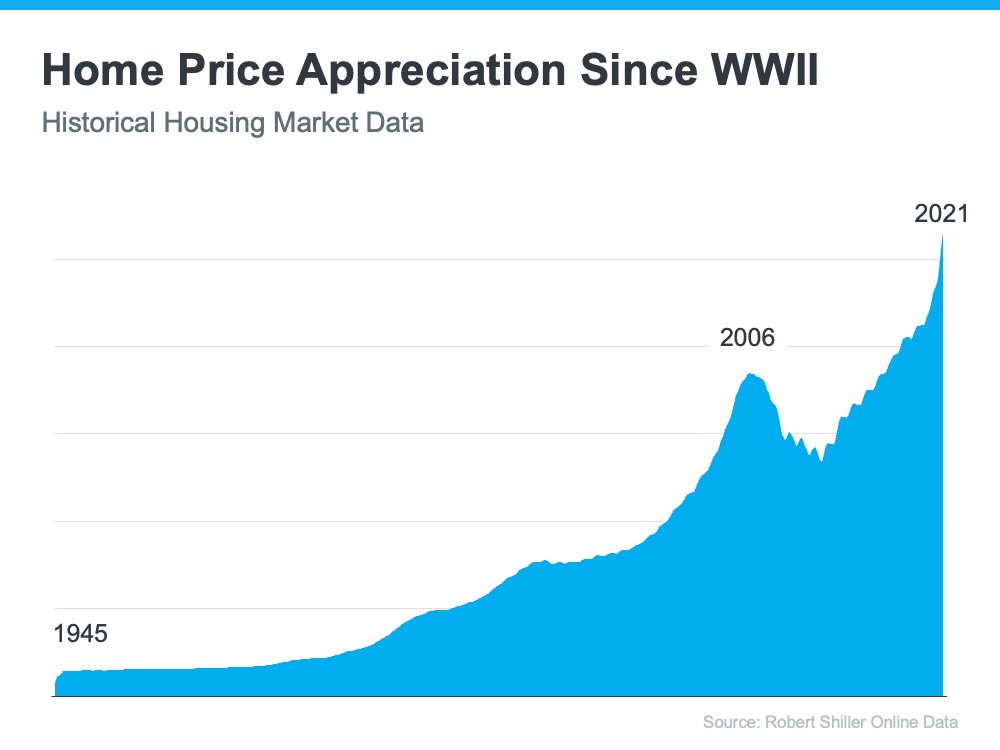

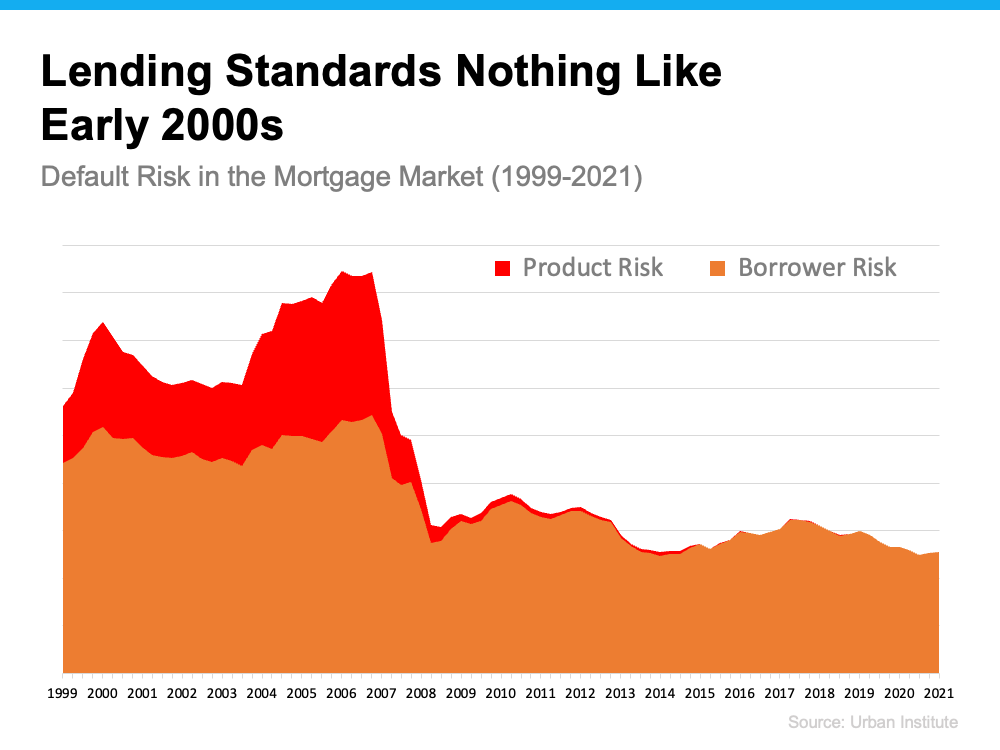
![Myths About Today’s Housing Market [INFOGRAPHIC] | MyKCM](https://files.mykcm.com/2022/04/21104919/20220422-MEM-1046x1690.png)


